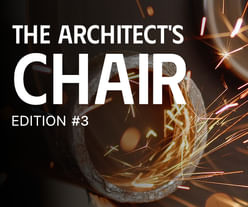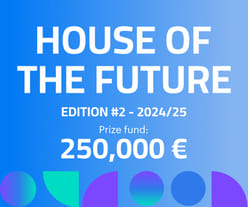
London-based Jamie Fobert Architects teamed up with Evans & Shalev to design the expanded, refurbished New Tate St. Ives. Located on Porthmeor Beach in the small historic town of St. Ives, the renovated museum now has more than twice as much gallery space, additional parking space, and an improved public walkway from top to bottom of the site, to name a few new features. The four-year project was completed in October 2017. Most recently, the museum was nominated as one of the shortlisted finalists for the 2018 RIBA Stirling Prize.

“The evolution of this iconic south west attraction has overcome huge challenges, navigating vociferous local stakeholders and significant site constraints. By architectural ingenuity, a building has been delivered where there appeared to be no site available, with minimal intrusion on an already crowded horizon,” the Stirling Prize jury wrote in their evaluation report.

Featuring a subtle aesthetic that responds to St. Ives' vernacular architecture and its coastal landscape, the extension is carved deep into a hillside and seamlessly connects to the existing gallery buildings that Evans & Shalev designed.
The extension's most prominent feature is the greenish-gray, faience-clad loading bay that sits between Evans & Shalev’s original building and adjacent housing.

With 1,802.00 m² of interior space, the addition significantly extends the original building to accommodate a large contemporary gallery, education spaces, transition spaces, and offices.
The gallery is topped with a roof of granite and glass skylights, which then emerges into a public landscape of granite paving and greenery that visually references nearby clifftops in the surrounding landscape.

Featuring lacquered steel handrails, a simple winding staircase for the museum's staff connects to a new, upper-level staff entrance that leads to offices, a meeting room, and staff amenities, which also offer stunning views of the sea.

The new museum “has created an intriguing new public landscape and pedestrian connection from hilltop to beach and, with subtle reordering of the original gallery, it achieves a seamless environment to in which to enjoy art,” the jury commented.
“The visible manifestation of the new building is minimal and modest, underplaying its impact on the interior experience for visitors and staff.”

The Architect's Chair / Edition #3
Register by Wed, Jan 15, 2025
Submit by Tue, Feb 18, 2025

Architecture at Zero Competition 2024
Register/Submit by Mon, Dec 16, 2024

250,000 € Prize / HOUSE OF THE FUTURE 2024/25
Register by Wed, Apr 30, 2025
Submit by Mon, Jun 2, 2025

Denver Single-Stair Housing Challenge
Register by Thu, Dec 12, 2024
Submit by Thu, Jan 23, 2025
No Comments